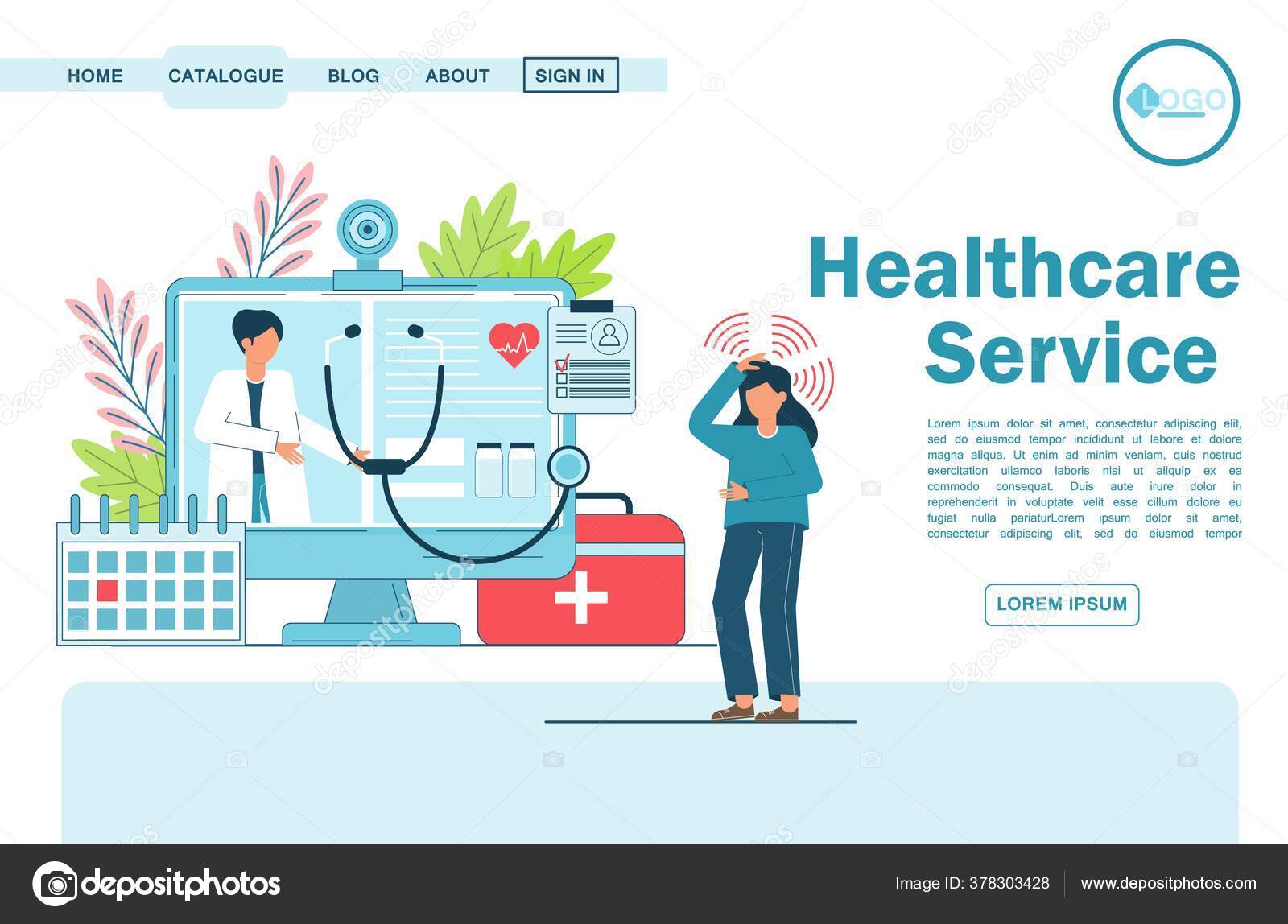The Effect of Subscription Based Healthcare on Typical Clinical Practices
The Effect of Subscription Based Healthcare on Typical Clinical Practices
Blog Article
Understanding the Cost-Effectiveness of Subscription-Based Medical Care Versions
As the health care landscape develops, subscription-based designs emerge as an engaging alternative, promising to redefine how individuals manage medical expenses. Evaluating these designs' cost-effectiveness requires a nuanced contrast with conventional insurance coverage, thinking about both monetary ramifications and client contentment.
Review of Subscription-Based Models
Subscription-based medical care versions, often described as direct health care or attendant medication, are progressively acquiring attention as a possible option to ineffectiveness within conventional healthcare systems. These versions operate the principle of offering patients straight access to healthcare suppliers via a yearly or regular monthly fee, bypassing the demand for conventional insurance policy systems. This arrangement aims to simplify patient-provider communications by minimizing management concerns, which frequently prevent prompt and individualized treatment.
At the core of subscription-based models is the focus on a more tailored individual experience. Patients take advantage of boosted access to their medical professionals, typically consisting of same-day or next-day consultations, prolonged appointment times, and straight communication networks such as phone or video clip phone calls. This version fosters a positive approach to healthcare, where individuals and companies can collaboratively concentrate on preventative treatment and chronic disease monitoring.

Price Comparison With Conventional Insurance Policy
One of the key monetary advantages of subscription versions is openness in expenses. Alternatively, standard insurance might be extra helpful for individuals calling for specialized treatment or costly therapies not covered under a registration version, as they profit from the wider coverage network and cost-sharing devices.
Nevertheless, cost-effectiveness is context-dependent. While registration designs could provide financial savings for those mostly requiring health care, individuals with persistent conditions or specialized health care demands may discover standard insurance extra extensive. Examining specific healthcare demands and possible use is essential in determining the most economical alternative for people.
Effect On Client Satisfaction
Individual fulfillment within subscription-based health care designs typically reflects a significant improvement over traditional insurance systems. Unlike typical systems, where people may experience delays in obtaining treatment, subscription-based designs ensure even more timely and straight communications with health care service providers.
Moreover, the openness in expenses related to subscription-based medical care alleviates the typical irritations associated with unexpected costs and complicated billing procedures seen in conventional insurance policy (subscription based healthcare). Patients value recognizing the exact economic commitment upfront, bring about enhanced trust and confidence in their medical care management
Additionally, the focus on precautionary care and wellness in registration versions contributes to enhanced health end results, better boosting patient contentment. By concentrating on continuous health maintenance instead of episodic treatment, patients experience an even more original site all natural and continuous medical care journey.
In addition, the boosted provider-patient relationship fostered in these models, identified by even more time invested per client and tailored attention, plays an essential role in raising client satisfaction degrees, as individuals really feel genuinely looked after and recognized.
Provider Point Of Views and Experiences
From the company's viewpoint, subscription-based health care designs supply a transformative approach to delivering medical solutions. These models stress a preventative and positive health care strategy, permitting providers to focus on thorough individual treatment without the restrictions of typical fee-for-service arrangements (subscription based healthcare). This shift in focus commonly results in improved client results and enhanced supplier contentment, as medical care specialists can allot even more time and sources to patient involvement and customized care plans
Moreover, subscription models promote foreseeable earnings streams, which enhance economic stability for doctor. This predictability enables improved resource preparation and appropriation, adding to a more effective healthcare shipment system. Companies can buy team facilities, modern technology, and training enhancements, therefore enhancing the quality of care supplied.
However, the shift to subscription-based versions is not without difficulties. Providers need to adapt to brand-new functional structures, which can include substantial changes in billing techniques and client administration systems. Additionally, there is an intrinsic demand for robust data administration click to find out more to track patient end results and guarantee top quality treatment. In spite of these difficulties, lots of service providers locate that the advantages of increased individual interaction and streamlined operations surpass the preliminary challenges, making subscription-based versions an eye-catching alternative.
Future Prospects and Difficulties

A primary challenge is governing compliance, as subscription versions need to adhere to evolving health care policies and insurance needs. This requires continuous adjustment and development to ensure placement with legal criteria. Furthermore, integrating these versions into existing health care infrastructures can be intricate, requiring substantial investments in modern technology and training.
There is likewise the potential danger of creating inequities in medical care gain access to, as registration designs may prefer those who can manage them, leaving susceptible populaces underserved. Addressing this needs thoughtful factor to consider of pricing approaches and subsidy systems to ensure inclusivity.
Final Thought
Subscription-based medical care models offer a feasible alternative to standard insurance coverage by supplying economic predictability and openness, specifically profiting individuals with persistent problems or regular health care requirements. The cost-effectiveness of these designs is contingent upon private health care usage patterns and situations.
Subscription-based health care models, read the article sometimes referred to as direct key treatment or attendant medication, are significantly getting interest as a prospective service to inefficiencies within traditional healthcare systems. Unlike typical systems, where people could experience hold-ups in getting care, subscription-based versions make certain even more direct and timely interactions with medical care service providers.
These models stress a preventative and proactive medical care method, allowing service providers to concentrate on detailed client treatment without the restraints of conventional fee-for-service setups. As these designs continue to obtain traction, they offer the possible to transform patient accessibility to care, improve solution delivery, and maximize health care investing.Subscription-based health care models provide a viable option to conventional insurance by using financial predictability and openness, particularly profiting people with chronic problems or frequent health care demands.
Report this page